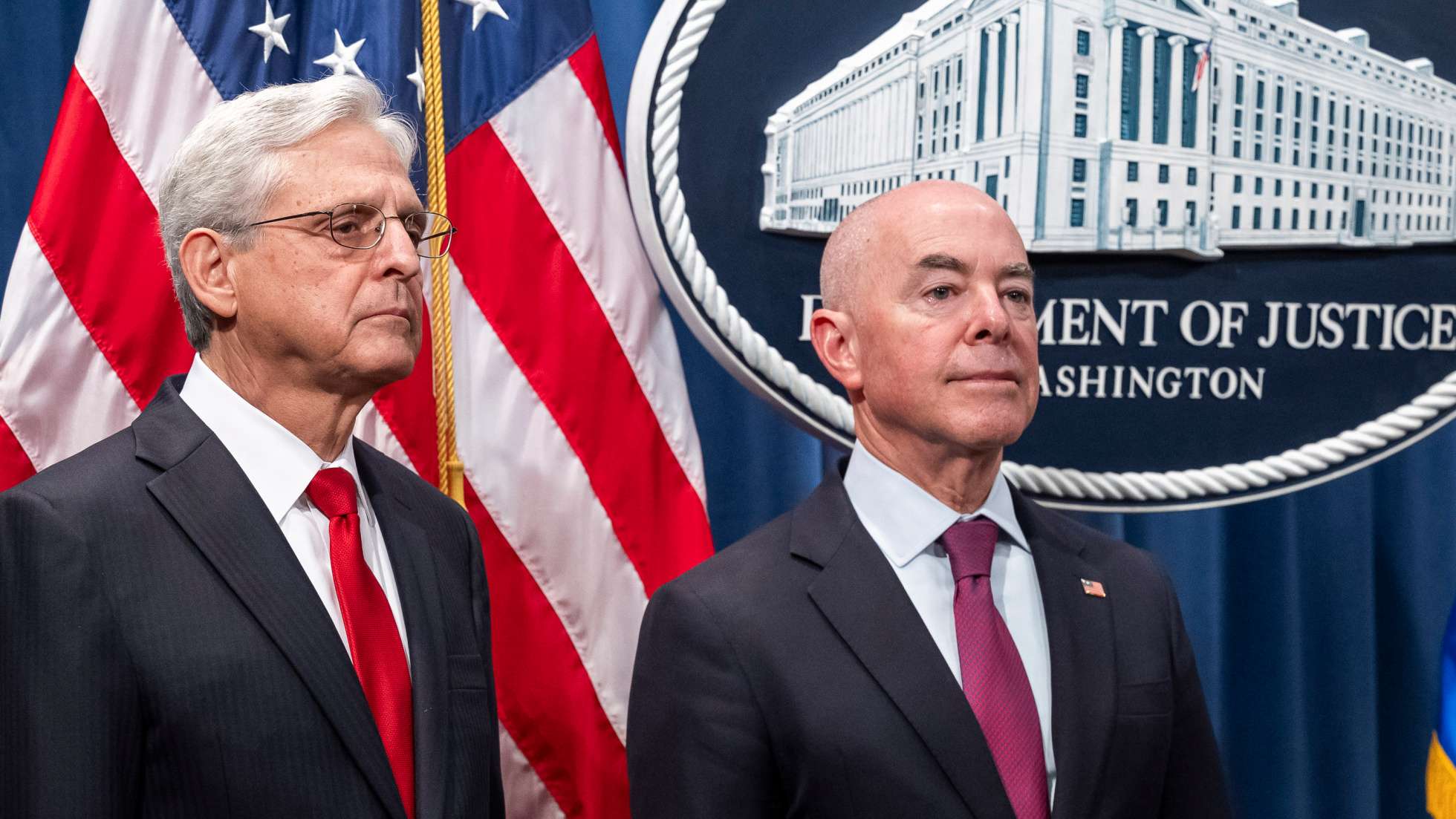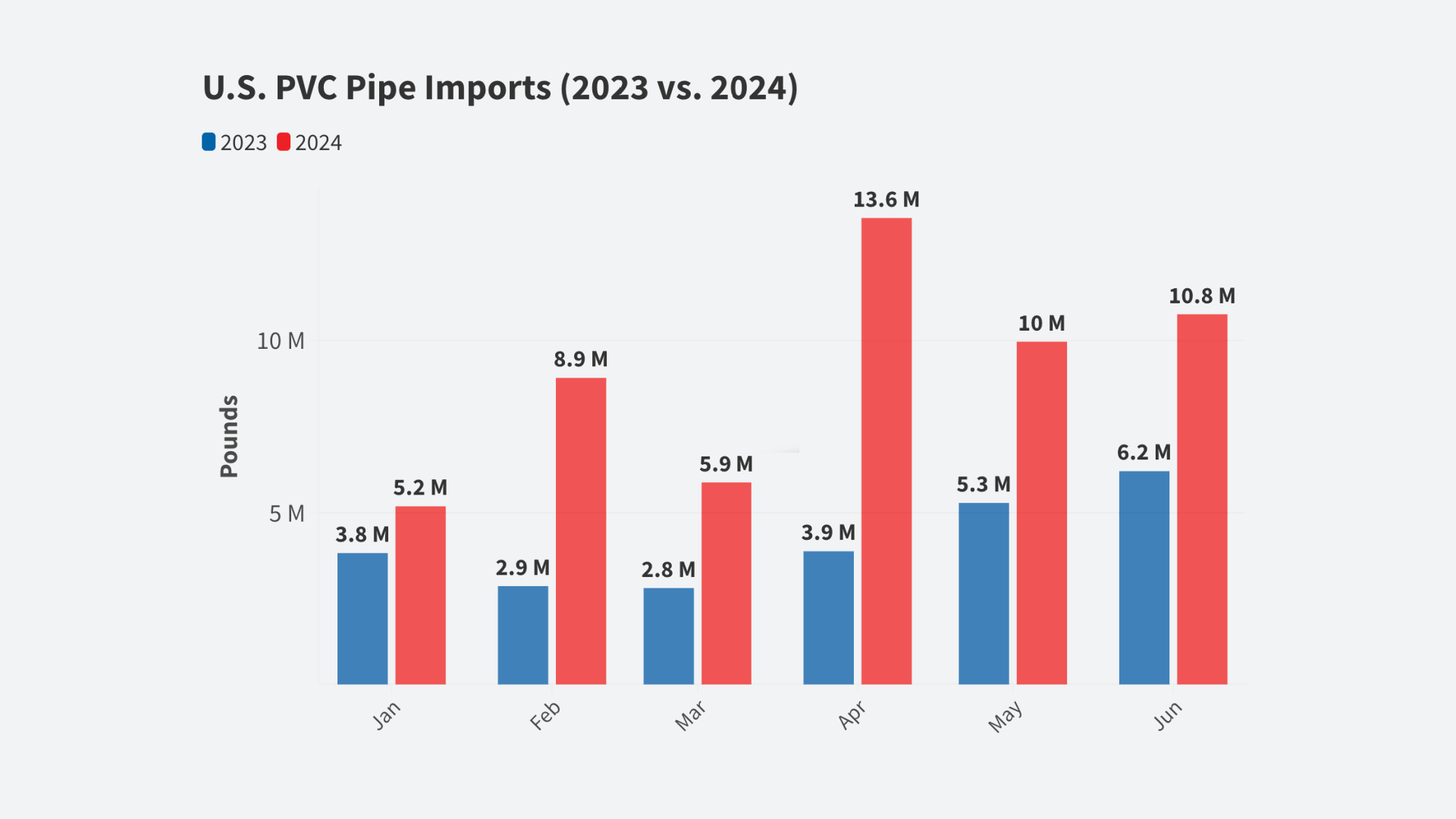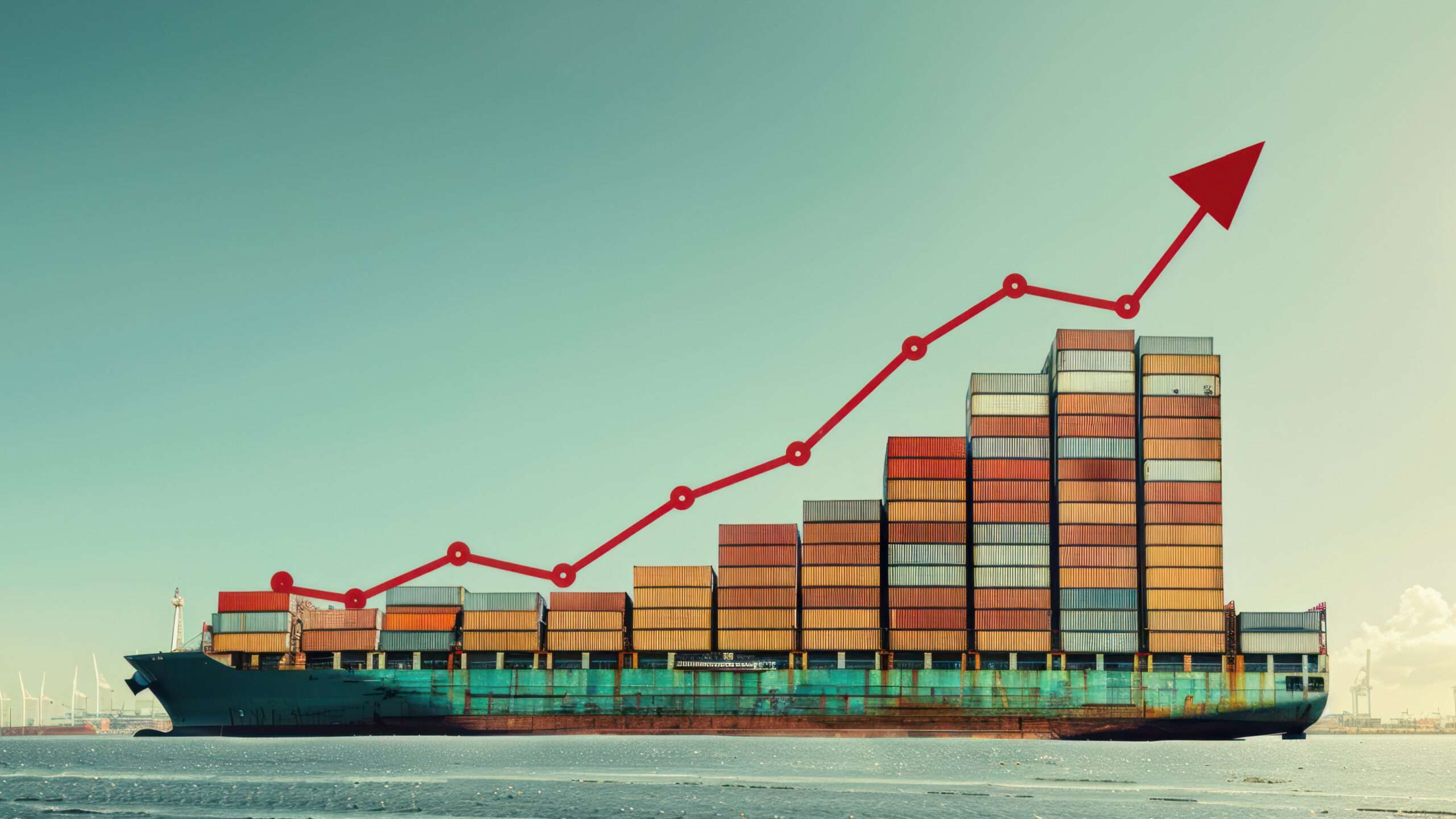CPA submitted the following public comment to the U.S. Department of Homeland Security in response to the Notice Seeking Public Comments on Methods To Prevent the Importation of Goods Mined, Produced, or Manufactured With Forced Labor in the People’s Republic of China, Especially in the Xinjiang Uyghur Autonomous Region, Into the United States (Docket No. DHS-2022-0001).
Dear Mr. Silvers,
On behalf of the Coalition for a Prosperous America (CPA), please extend our thanks to the Forced Labor Enforcement Task Force (FLETF) for their consideration of public comments.
CPA is concerned that the questions in section III.B of this notice presuppose a U.S. policy reliant on doomed-to-fail, entity-specific legal investigations. Such a policy approach applied to The People’s Republic of China will sabotage Congress’ expectations.
Point No. 1: China will not allow the policing of its supply chains, rendering the exercise futile
The Chinese Communist Party (CCP) has made it abundantly clear, through both legal and extra-legal means, that they will not tolerate investigations into forced labor in China. Therefore, the legal requirements of Section 307 of the Tariff Act of 1930, not to mention our moral duty to fight forced labor, will be nullified by attempting to narrowly target particular consignments of merchandise from specific entities.
This is not conjecture. Last year, the U.S. Department of State said in a statement to the Wall Street Journal that “We are deeply concerned by reports that supply chain auditors have been detained, threatened, harassed, and subjected to constant surveillance while conducting their vital work in China”.1 China has called allegations of forced labor in state-run labor programs involving Uyghurs “the lie of the century”.2
The FLETF cannot move forward without making a finding recognizing the fact that China will not allow its supply chains to be policed, and ensuring that any forced labor policy has contingencies when foreign nations adopt a posture of obstruction to supply chain transparency.
Point No. 2: If a class of merchandise originating in China is made in part with forced labor, then the Withhold Release Order must apply against the entire relevant class(es) of merchandise originating in China. This is already authorized by law, and done for smaller countries.
Fortunately, existing law and practice offers an easy remedy to the CCP’s adversarial stance on policing supply chains. Per existing regulations in 19 C.F.R. §§ 12.42 – 12.45, when U.S. Customs & Border Protection (CBP) is presented with information that indicates that merchandise was produced using forced labor, CBP is permitted to issue a Withhold Release Order against all shipments of that class of merchandise for the offending country of origin.
CBP has already done this in other countries. On May 18, 2018, following a petition filed by members of the U.S. Cotton Campaign, Alternative Turkmenistan News, and International Labor Rights Forum, CBP issued a Withhold Release Order against “All Turkmenistan Cotton or products produced in whole or in part with Turkmenistan cotton.”3 The order does not contemplate any futile attempt to parse particular shipments of Turkmenistan cotton depending on supply chain records. It is enough to know that the Turkmenistan government is tolerating forced labor in cotton, and until that situation is resolved, no shipments of Turkmenistan cotton may be entered into the United States.
Given that ongoing forced labor abuses assuredly involve complicit support from the territory’s sovereign, making Withhold Release Orders country-wide is the appropriate response. It is also the only functional response given the data elements CBP has to work with. Every shipment must indicate a country of origin of the merchandise, as well as a classification under the Harmonized Tariff System for a formal shipment. This makes prohibiting the importation of goods made in part with forced labor relatively straightforward, when the Withhold Release Order is tied to a class of merchandise and a country of origin.
If there were situations where particular foreign producers of a product were affected unfairly as they did not rely on forced labor, then existing practice already authorizes the appropriate approach. On November 1, 2019, CBP issued a Withhold Release Order against tobacco produced in Malawi and products containing tobacco produced in Malawi. This is the best way to start. Since then, three business entities have had themselves removed from the order, presumably demonstrating to the CBP Commissioner’s satisfaction that their particular shipments did not constitute forced labor. This is precisely the type of rebuttal presumption required by Section 3 of the Uyghur Forced Labor Prevention Act.
Finally, if issuing Withhold Release Orders tied to a class of merchandise and a country of origin is deemed ‘too much’ given the size of China’s economy, then it is incumbent on the Task Force to say so openly, and explain its rationale.
Point No. 3: Allegations that goods are being imported in part with forced labor should be transparent. This is the norm for complaints filed throughout our legal system, as well as with trade remedies filed with the United States International Trade Commission.
Point No. 4: The FLETF should seek to harmonize findings by the Department of Labor with Withhold Release Orders issued by U.S. Customs and Border Protection.
Notice’ List of Questions
1. What are the risks of importing goods, wares, articles and merchandise mined, produced, or manufactured wholly or in part with forced labor in the People’s Republic of China, including from the Xinjiang Uyghur Autonomous Region or made by Uyghurs, Kazakhs, Kyrgyz, Tibetans, or members of other persecuted groups in any other part of the People’s Republic of China?
Last year, the U.S. Department of State said in a statement to the Wall Street Journal that “We are deeply concerned by reports that supply chain auditors have been detained, threatened, harassed, and subjected to constant surveillance while conducting their vital work in China”.4
Because effective auditing in China is impossible, the risks are extremely high that merchandise from China will be mined, produced, or manufactured at least in part with forced labor.
2. To the extent feasible, as part of the assessment of risks, what mechanisms, including the potential involvement in supply chains of entities that may use forced labor, could lead to the importation into the United States from the People’s Republic of China, including through third countries, of goods, wares, articles and merchandise mined, produced, or manufactured wholly or in part with forced labor?
Bills of lading routinely contain errors, misspellings, and are easily forged. Up until the moment they are submitted to CBP, they are typically non-digital. They are also the most vital document in tracing supply chains, and the only document which provides chain of custody information.
Withhold Release Orders that purport to target goods, wares, articles or merchandise only produced by certain entities will be easily thwarted, because they will be reliant on these easily forged bills of lading.
The best method of preventing evasion through third countries is to issue the Withhold Release Order against a class of merchandise and a country of origin. Then, shippers would have to entirely fabricate the country of origin. While not impossible, it is much more difficult than fabricating bills of lading. Every country in the world has country of origin marking requirements, and the evasion scheme would be subject to scrutiny by third-country customs authorities.
3. What procedures can be implemented or improved to reduce the threats identified in Question 2?
First, CBP must issue Withhold Release Orders tied to a class of merchandise and a country of origin, as CBP did for Turkmenistan Cotton and Malawi tobacco (see introduction).
Second, to the extent particular entities are removed from the Withhold Release Order (as was the case with Malawi tobacco), importers claiming that their merchandise is from an excluded entity in that country should have to supply full chain of custody bills of lading and other shipping documents. CBP, in turn, should make those shipping manifests public, so that they may be scrutinized by interested parties (e.g., human rights groups or competitors with like products). Already, ocean manifests are typically public, and easily searchable on websites like ImportYeti.com which acquire the raw data from CBP.
For all imports from China, CBP should make all information it receives regarding these shipments publicly viewable and searchable.
4. What forms does the use of forced labor take in the People’s Republic of China and the Xinjiang Uyghur Autonomous Region? For example, what “pairing assistance” and “poverty alleviation” or other government labor schemes exist in the People’s Republic of China that include the forced labor of Uyghurs, Kazakhs, Kyrgyz, Tibetans, or members of other persecuted groups outside of the Xinjiang Uyghur Autonomous Region? What similar programs exist in which work or services are extracted from Uyghurs, Kazakhs, Kyrgyz, Tibetans, or members of other persecuted groups under the threat of penalty or for which they have not offered themselves voluntarily?
Various forms of forced labor have been documented and cataloged by human rights groups, as well as the U.S. Department of Labor and Department of State, and by the CBP Commissioner.
We caution that given China’s refusal to tolerate the auditing of supply chains in that country, the burden must lay entirely with those importing merchandise from China to prove that their suppliers meet our expectations of fair labor.
8. How can the United States identify additional entities that export products that are mined, produced, or manufactured wholly or in part with forced labor in the Xinjiang Uyghur Autonomous Region or by entities that work with the government of the Xinjiang Uyghur Autonomous Region to recruit, transport, transfer, harbor, or receive forced labor?
The premise of this question is flawed. Withhold Release Orders that purport to target goods, wares, articles or merchandise only produced by certain entities will be easily thwarted, as bills of lading are easily forged and impossible to effectively trace in China.
The best method of preventing evasion through third countries is to issue the Withhold Release Order against a class of merchandise and a country of origin. Then, shippers would have to entirely fabricate the country of origin. While not impossible, it is much more difficult than fabricating bills of lading. Every country in the world has country of origin marking requirements, and the evasion scheme would be subject to scrutiny by third-country customs authorities.
9. How can the United States most effectively enforce the UFLPA against entities whose goods, wares, articles, or merchandise are made wholly or in part with forced labor in the People’s Republic of China and imported into the United States?
Withhold Release Orders that purport to target goods, wares, articles or merchandise only produced by certain entities will be easily thwarted, as bills of lading are easily forged and impossible to effectively trace in China.
The best method of preventing evasion through third countries is to issue the Withhold Release Order against a class of merchandise and a country of origin. Then, shippers would have to entirely fabricate the country of origin. While not impossible, it is much more difficult than fabricating bills of lading. Every country in the world has country of origin marking requirements, and the evasion scheme would be subject to scrutiny by third-country customs authorities.
10. What efforts, initiatives, and tools and technologies should be adopted to ensure that U.S. Customs and Border Protection can accurately identify and trace goods entered at any U.S. ports in violation of section 307 of the Tariff Act of 1930, as amended?
Withhold Release Orders that purport to target goods, wares, articles or merchandise only produced by certain entities will be easily thwarted, as bills of lading are easily forged and impossible to effectively trace in China.
The best method of preventing evasion through third countries is to issue the Withhold Release Order against a class of merchandise and a country of origin. Then, shippers would have to entirely fabricate the country of origin. While not impossible, it is much more difficult than fabricating bills of lading. Every country in the world has country of origin marking requirements, and the evasion scheme would be subject to scrutiny by third-country customs authorities.
11. What due diligence, effective supply chain tracing, and supply chain management measures can importers leverage to ensure that they do not import any goods mined, produced, or manufactured wholly or in part with forced labor from the People’s Republic of China, especially from the Xinjiang Uyghur Autonomous Region
Importers should not be sourcing from China, given China’s refusal to allow policing of supply chains there. Any assurances that supply chains have been traced should be met with maximum skepticism, made public, and should be accompanied by explanations of how the importer was able to police their supply chain when so many others have been thwarted.
12. What type, nature, and extent of evidence can companies provide to reasonably demonstrate that goods originating in the People’s Republic of China were not mined, produced, or manufactured wholly or in part with forced labor in the Xinjiang Uyghur Autonomous Region?
Convincing evidence would involve public dissemination of the importer’s products full supply chain, so that it is subject to public scrutiny. The supplying entities would cooperate with international non-governmental organizations, ensuring open access for random spot checks. If visas or any other kind of access is withdrawn for individuals from these organizations, then any benefit of doubt should be withdrawn. Supply chain companies in China should also use public distributed ledger technologies (e.g., blockchain) to ensure traceability of goods.
15. What measures can be taken to trace the origin of goods, offer greater supply chain transparency, and identify third-country supply chain routes for goods mined, produced, or manufactured wholly or in part with forced labor in the People’s Republic of China?
An analogy: if a coastal community has a problem with broken glass in the sand on its beach, would we expect the community to deploy a platoon of law enforcement officers to monitor beverage consumption from glass bottles by beach-goers, and ticket those who leave their bottles behind for littering when caught in the act? No, this expectation is unreasonable. The practical and appropriate policy response is to simply ban bringing glass bottles to the beach.
A similar approach is warranted here, given China’s refusal to allow for policing of supply chains. When credible information is supplied that a product is made in part with forced labor, then the Withhold Release Order should be issued against the relevant class of merchandise for all of China.
16. How can the U.S. Government coordinate and collaborate on an ongoing basis with appropriate nongovernmental organizations and private sector entities to implement and update the strategy that the FLETF will produce pursuant to the UFLPA?
The USG should host a monthly or quarterly working group on the implementation of the future strategy, and include the FLETF, as well as other interagency stakeholders, along with civil society, NGO’s, and the businesses and private sector entities who have an interest in the region and the law being fully and properly implemented. The working group or forum should serve as a nexus for information gathering by the Government but also for the broader exchange of ideas from various perspectives representing human rights, economic, business, national security, and other interests .
17. How can the U.S. Government improve coordination with nongovernmental organizations and the private sector to combat forced labor in supply chains, and how can these serve as a model to support implementation of the UFLPA?
The U.S. Government should work to coordinate the WROs and the possible regulations pursuant to the WROs with the strategy that is being produced from the public comments submitted. There must be a nexus between the input from the NGO and business communities to the strategy and its implementation; and a nexus from the strategy to the forthcoming regulations. The input and willingness to collaborate must be met with clarity of the strategy, how the NGO and business communities are partners in the strategy and its implementation, and how the future rules and regulations put forward further the strategy and its implementation, and are clearly communicated. And additional room for rules in relation to the whole strategy – not only WROs – should be considered and created in consultation with the NGO and business community.
18. Is there any additional information the FLETF should consider related to how best to implement the UFLPA, including other measures for ensuring that goods mined, produced, or manufactured wholly or in part with forced labor do not enter the United States?
The FLETF and the Department of Commerce and the ODNI must work together to ensure that the lists produced and created in and via the Strategy that is produced are actionable lists that live and breathe; can be added to over time (as well as subtracted from if warranted); and used as a basis from which to promulgate further U.S. Government actions, including public reporting and sanctions – including but not limited to BIS Entity List sanctions from the Commerce Department, capital markets and other OFAC sanctions from the Department of the Treasury; and other such sanctions from the State Department or broader U.S. Government. In addition to WROs, we believe that sanctions must be considered as part of the enforcement plan and enforcement tools.
1 Lingling Wei, Eva Xiao, and Trefor Moss, “China Closes U.S. Auditor as Tensions Mount Over Forced Labor Allegations”, WALL ST. JOURNAL, Aug. 19, 2021, available at https://www.wsj.com/articles/china-closes-u-s-auditor-as-tensions-mount-over-forced-labor-allegations-11629390253
2 Id.
3 https://www.cbp.gov/trade/forced-labor/withhold-release-orders-and-findings
4 Lingling Wei, Eva Xiao, and Trefor Moss, “China Closes U.S. Auditor as Tensions Mount Over Forced Labor Allegations”, WALL ST. JOURNAL, Aug. 19, 2021, see footnote 1.














